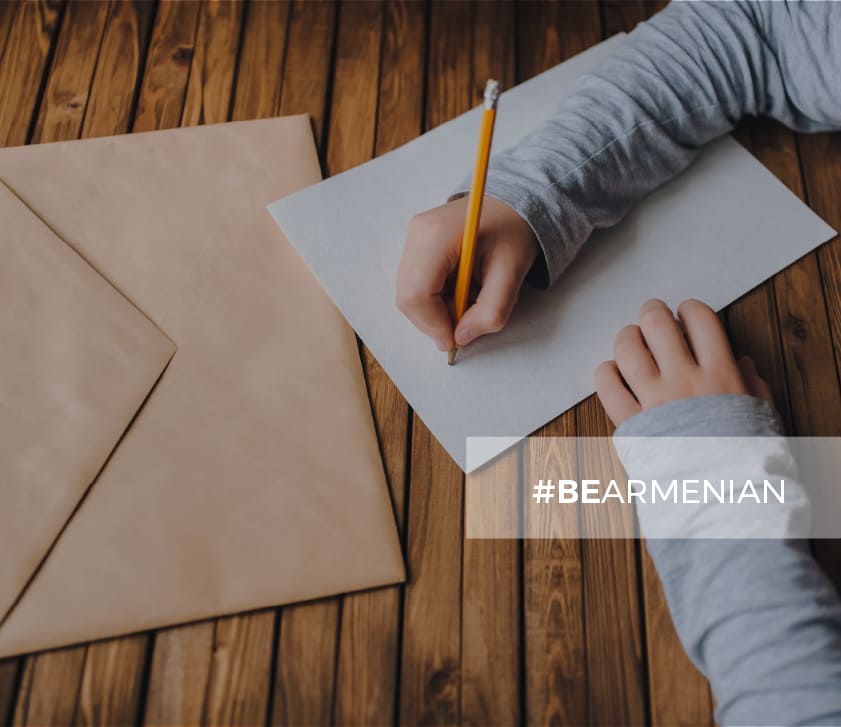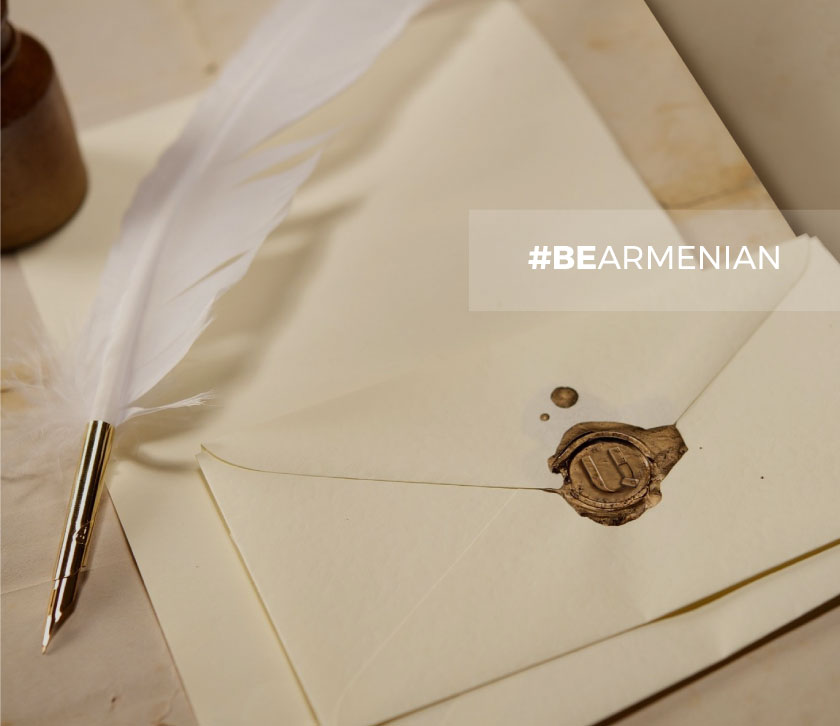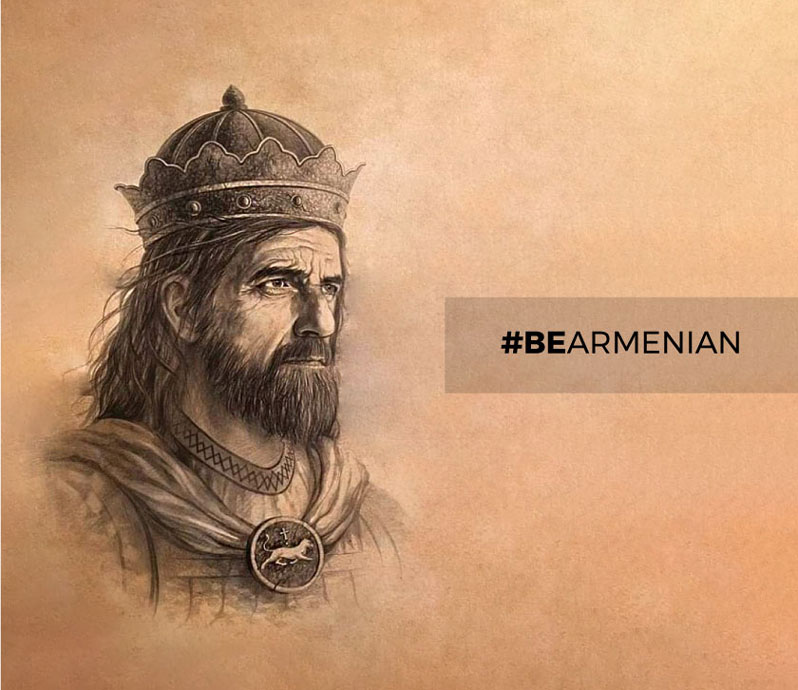
Other
Blog

04/7/2023
The Armenian Language: protector of national identity
Read more

22/2/2023
It's not an ERROR
Read more
21/9/2022
Արամ Մանուկյան․ «Փոքր ազգերի համար լեզուն ինքնապաշտպանության միջոց է»
Read more

23/8/2022
It's not an ERROR
Read more



